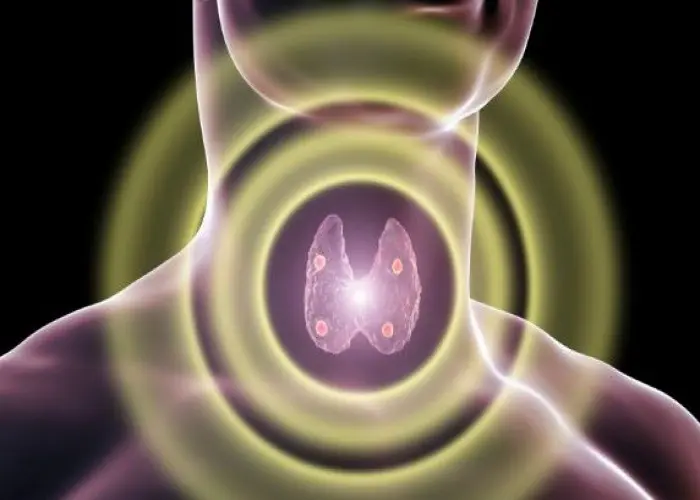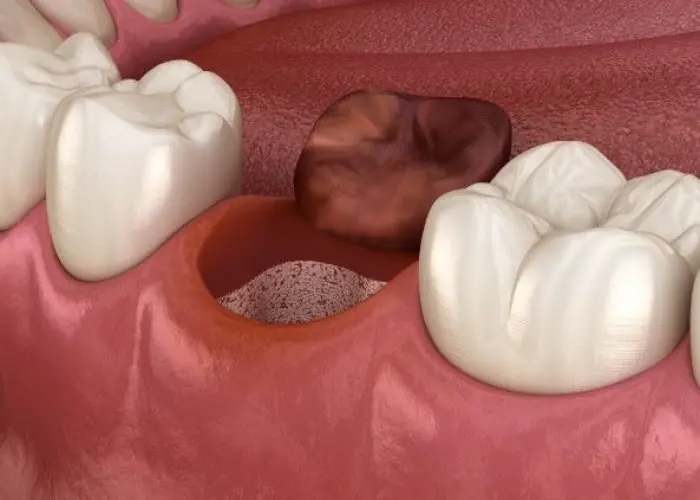 Welcome
Welcome
“May all be happy, may all be healed, may all be at peace and may no one ever suffer."
Voice disorders

Voice disorders are a group of conditions that affect the ability to produce sound with the vocal cords. These disorders can be caused by a variety of factors, including illness, injury, or overuse of the voice. Some common types of voice disorders include:
- Dysphonia: This is a general term for any condition that affects the quality, volume, or pitch of the voice. Dysphonia can be caused by a variety of factors, including inflammation of the vocal cords, nodules or polyps on the vocal cords, and neurological disorders.
- Laryngitis: This is a condition in which the vocal cords become inflamed, resulting in hoarseness, a weak or breathy voice, and difficulty speaking or singing.
- Vocal cord paralysis: As described in the previous answer, this is a condition in which one or both of the vocal cords do not move properly, resulting in hoarseness, weak or breathy voice, and difficulty speaking or swallowing.
- Spasmodic dysphonia: This is a neurological disorder in which the muscles that control the vocal cords spasm, resulting in a strained or strangled-sounding voice.
- Puberphonia: This is a voice disorder that occurs in males during puberty, in which the voice remains high-pitched and feminine-sounding.
- Muscle tension dysphonia: This is a condition in which the muscles involved in voice production become tense and strain, resulting in a strained or hoarse voice.
Treatment for voice disorders depends on the specific condition and the underlying cause. Treatment may include voice therapy, medication, surgery, or lifestyle changes such as quitting smoking or avoiding vocal strain. In many cases, voice disorders can be successfully treated, allowing individuals to regain normal speaking or singing abilities.
Research Papers
Disease Signs and Symptoms
Disease Causes
Voice disorders
Your voice box (larynx) is made of cartilage, muscle and mucous membranes located at the top of your windpipe (trachea) and the base of your tongue. Your vocal cords are two flexible bands of muscle tissue that sit at the entrance of the windpipe. Sound is created when your vocal cords vibrate.
This vibration comes from air moving through the larynx, bringing your vocal cords closer together. Your vocal cords also help close your voice box when you swallow, preventing you from inhaling food or liquid.
If your vocal cords become inflamed, develop growths or become paralyzed, they can't work properly, and you may develop a voice disorder.
Some common voice disorders include:
- Laryngitis
- Muscle tension dysphonia
- Neurological voice disorders, such as spasmodic dysphonia
- Polyps, nodules or cysts on the vocal cords (noncancerous lesions)
- Precancerous and cancerous lesions
- Vocal cord paralysis or weakness
- White patches called leukoplakia
Disease Prevents
Disease Treatments
Depending on your diagnosis, your doctor will recommend one or more treatments:
- Rest, liquids and voice therapy. Like any other part of the body, the vocal cords need regular rest and fluids. Speech pathology specialists can teach you how to use your voice more efficiently through voice therapy, how to properly clear your throat and how much liquid to drink.
- Allergy treatments. If an allergy is creating too much mucus in your throat, your doctor or an allergy specialist can identify the allergy's cause and provide treatment.
- Smoking cessation. If your voice problem is the result of smoking, quitting smoking can help improve your voice along with many other areas of your health, such as boosting your heart health and lowering your cancer risk.
- Medications. Several medications are available for treating voice disorders. Depending on the cause of your voice disorder, you may need medication to reduce inflammation, treat gastroesophageal reflux or prevent blood vessel regrowth. Medications can be taken orally, injected into the vocal cords or applied topically during surgery.
Procedures
- Removal of lesions. Noncancerous lesions (polyps, nodules and cysts) on the vocal cords may need to be surgically removed. Your doctor can remove noncancerous, precancerous and cancerous lesions — including recurrent respiratory papillomatosis and white patches (leukoplakia) — using microsurgery, carbon dioxide laser surgery and, when appropriate, the newest laser treatments, including potassium titanyl phosphate (KTP) laser treatment.
- KTP laser treatment is a state-of-the-art therapy that treats lesions on the vocal cords. It treats a lesion by cutting off the blood supply to the lesion, allowing the lesion to be removed while preserving the maximum amount of underlying tissue.
- Botox injections. Injections of tiny amounts of onabotulinumtoxinA (Botox) into the skin on your neck may be done in some cases. These injections can decrease muscle spasms or abnormal movements if you have a neurological movement disorder that affects the vocal muscles of the larynx (spasmodic dysphonia).
Sometimes one vocal cord may stop moving (become paralyzed). If you have one paralyzed vocal cord, you might often complain of hoarseness. You might also complain of choking when you drink liquids, but rarely have trouble swallowing solid foods. Sometimes the problem goes away with time.
If the problem persists, your doctor may conduct one of several procedures. These procedures can push the paralyzed vocal cord closer to the middle of the windpipe so that the vocal cords can meet and vibrate closer together. This improves the voice and allows the larynx to close when you swallow.
Treatments include:
- Bulk injection. Body fat, collagen, hyaluronic gel or another approved filler substance is injected, either through your mouth or the skin on your neck, to add bulk to the paralyzed vocal cord or to treat vocal cord weakness. The material fills the space next to your vocal cord and pushes it closer to your other vocal cord, allowing them to vibrate more closely together.
- Thyroplasty. A small opening is created in the cartilage from the outside of your voice box. The doctor inserts an implant through the opening and pushes it against the paralyzed vocal cord, moving it closer to your other vocal cord.
- Replacing the damaged nerve (reinnervation). In this procedure, a healthy nerve is moved from a different area of your neck to replace the damaged vocal cord. Your voice may improve in six to nine months. Some doctors combine this procedure with a bulk injection.
Disease Diagnoses
Disease Allopathic Generics
Disease Ayurvedic Generics
Disease Homeopathic Generics
Disease yoga
Voice disorders and Learn More about Diseases

Sun allergy

Hypoparathyroidism

Guillain-Barre syndrome

Anal itching

Hook Worm

Dissociative disorders

Hypospadias

Dry socket
voice disorders, কণ্ঠস্বর সমস্যা
To be happy, beautiful, healthy, wealthy, hale and long-lived stay with DM3S.
